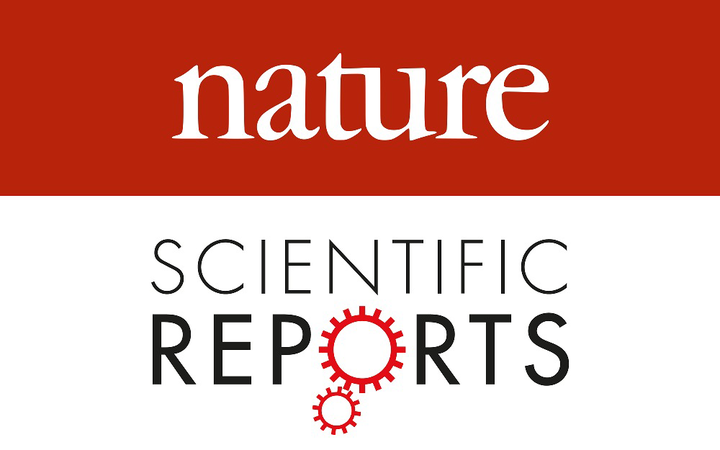A novel approach for predicting upstream regulators (PURE) that affect gene expression

Abstract
External factors such as exposure to a chemical, drug, or toxicant (CDT), or conversely, the lack of certain chemicals can cause many diseases. The ability to identify such causal CDTs based on changes in the gene expression profile is extremely important in many studies. Furthermore, the ability to correctly infer CDTs that can revert the gene expression changes induced by a given disease phenotype is a crucial step in drug repurposing. We present an approach for Predicting Upstream REgulators (PURE) designed to tackle this challenge. PURE can correctly infer a CDT from the measured expression changes in a given phenotype, as well as correctly identify drugs that could revert disease-induced gene expression changes. We compared the proposed approach with four classical approaches as well as with the causal analysis used in Ingenuity Pathway Analysis (IPA) on 16 data sets (1 rat, 5 mouse, and 10 human data sets), involving 8 chemicals or drugs. We assessed the results based on the ability to correctly identify the CDT as indicated by its rank. We also considered the number of false positives, i.e. CDTs other than the correct CDT that were reported to be significant by each method. The proposed approach performed best in 11 out of the 16 experiments, reporting the correct CDT at the very top 7 times. IPA was the second best, reporting the correct CDT at the top 5 times, but was unable to identify the correct CDT at all in 5 out of the 16 experiments. The validation results showed that our approach, PURE, outperformed some of the most popular methods in the field. PURE could effectively infer the true CDTs responsible for the observed gene expression changes and could also be useful in drug repurposing applications.